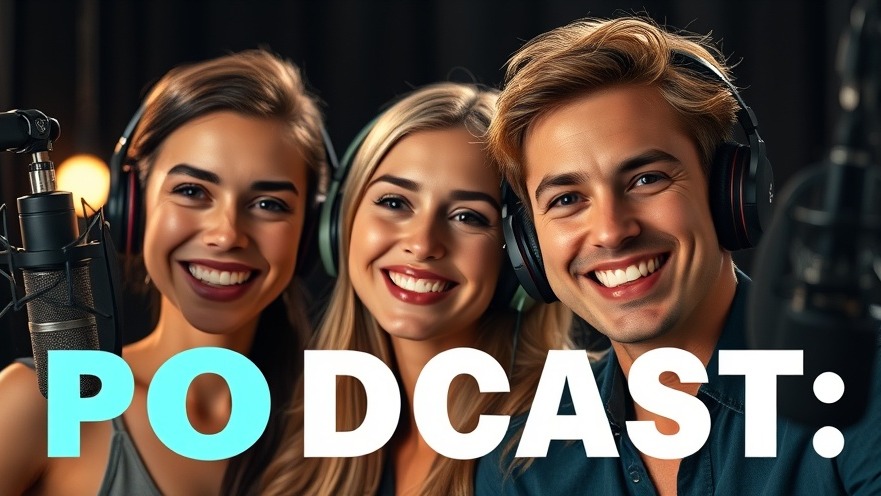
Understanding Exercise Physiology: Key Insights from Experts
The recent episode of the Found My Fitness podcast delves into expert insights from leading figures in exercise physiology, nutrition, and human performance.
The goal? To create a comprehensive guide titled How to Train According to the Experts.
This guide distills the extensive knowledge shared in the podcast, equipping listeners with actionable training protocols for improved cardiorespiratory fitness, strength training, and overall health.
In How to Train According to the Experts, the discussion dives into key insights for optimizing fitness, exploring expert knowledge that sparked deeper analysis on our end.
Defining Personal Goals in Training
A crucial takeaway from the podcast is the importance of identifying one’s training goals. Whether aiming to become an elite endurance athlete or simply seeking to enhance one’s health over time, understanding specific objectives informs training strategy.
For the average individual, benefiting from improved metabolic health and longevity often takes precedence, complicating the need for a one-size-fits-all approach to training.
Cardiovascular Health and Age: What the Research Reveals
Research reveals that cardiorespiratory fitness (CRF), often estimated through VO2 max levels, is significantly linked to longevity.
Not only does it provide a marker for athletic potential, but maintaining CRF can reduce risks of age-associated diseases such as cardiovascular conditions and obesity.
Studies discussed in the podcast illustrate how sedentary lifestyles can impact health, likening three weeks of bed rest to decades of aging regarding cardiovascular function.
The Importance of Varied Training Protocols
Expert guests on the podcast advocate for a blend of training intensities: from high-intensity interval training (HIIT) to moderate exercise routines.
Dr. Martin Gabala’s research highlights that while moderate-intensity exercise contributes to health, incorporating high-intensity sessions provides a greater stimulus for improvement.
A recommended ratio often cited is the 80/20 rule—enough moderate training paired with a substantial focus on higher intensities to promote cardiovascular health.
High-Intensity Interval Training (HIIT): A Time-Saving Alternative
One significant theme highlighted is HIIT's efficiency. Participants training at higher intensities reported improved CRF and metabolic metrics compared to those engaged solely in moderate-intensity exercises.
This means that individuals even short on time can gain significant health benefits by dedicating hours to HIIT.
Understanding the Heart: Structure and Function Throughout Aging
Dr. Ben LaVine’s research underscores the impact of consistent aerobic training on the heart's structure. As individuals age, the heart's efficiency typically declines; however, regular aerobic exercise can mitigate these effects.
The takeaway from this research compels action: adults should aim to engage in aerobic activities at least four to five days a week to help preserve optimal cardiovascular structure and function.
Implementing Effective Training Strategies
For those seeking to implement the insight from the guide, consider your weekly exercise distribution.
Striking a balance between moderate and vigorous workout sessions—ideally through varied training protocols—can enhance overall fitness and prevent boredom.
Engaging exercises should include strength training and aerobic activities, ensuring a holistic approach to health.
Addressing Common Misconceptions about Fitness
A misconception often encountered in fitness culture is that one pathway exists to optimal results.
The podcast challenges this notion by asserting that success in training relies upon a mix of aerobic and anaerobic activities.
Individuals must also recognize that enhancements in CRF may not reflect immediately on wearables or fitness apps.
Frequently Asked Questions on Workout Protocols
During the podcast, the experts address two questions crucial for effective training:
How often should I train for maximum health benefits? Most evidence suggests four to five days a week for aerobic activities, and supplementing these with strength training sessions to complement health efforts.
Is the 80/20 training ratio always optimal? While reflective of elite athletes, adaptations to personal schedules and fitness goals may shift this ratio based on individual needs.
Eric compares the effects of lower-frequency training with higher-intensity methods, advocating for customized training regimens that can incorporate shorter, more focused sessions for optimized fitness benefits.
Conclusion: Taking Charge of Your Fitness Journey
As highlighted by leaders in the fitness and health fields, understanding the relationship between training, heart health, and overall wellness is vital. A plethora of exercises, resources, and strategies awaits those ready to take action in their fitness journey.
Looking for more fitness inspiration? Visit our Fitness Focus section — and check out other wellness categories on Sacramento Living Well.
---
Authored by the Sacramento Living Well Editorial Team — a publication of DSA Digital Media, dedicated to highlighting wellness, local living, and inspiring community stories throughout Greater Sacramento.
 Add Row
Add Row  Add
Add 





Write A Comment